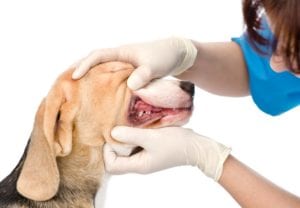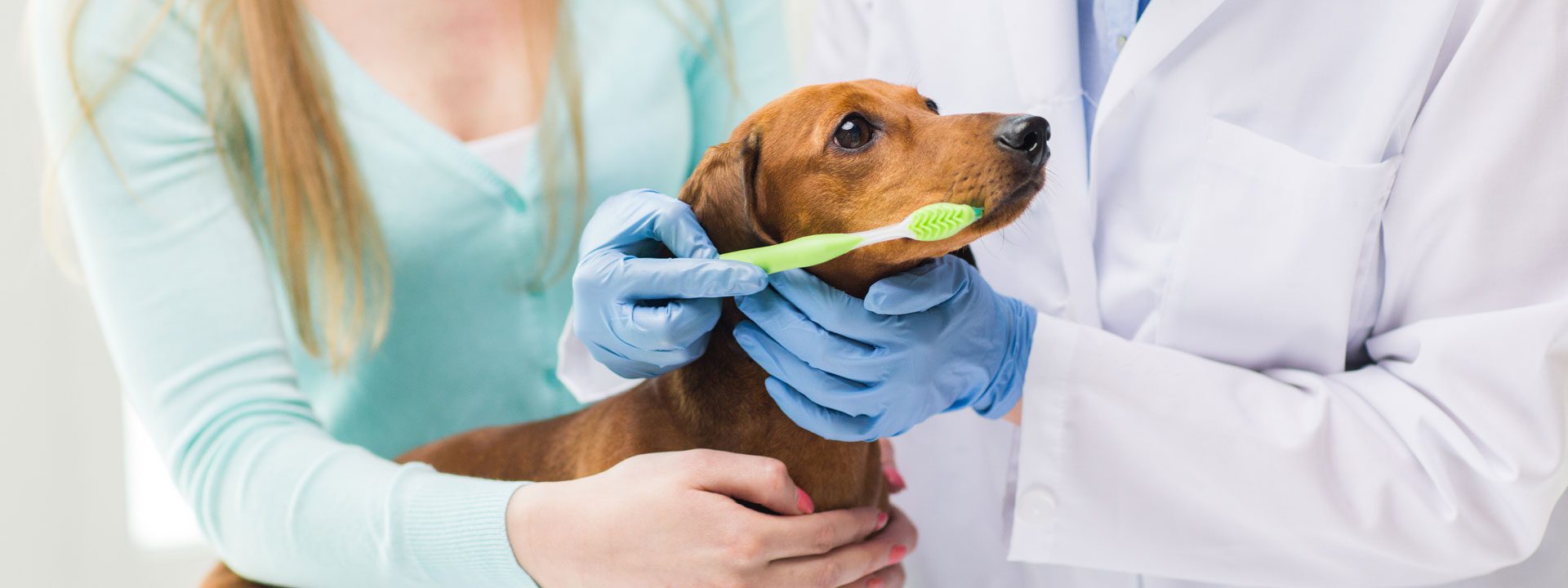Saving Money on Your Pets Medical Costs: Our pets provide pleasure, companionship, and affection. On the other hand, they also need financial commitments, particularly for medical care. As a pet owner, you should always put your animal friend’s health first while also considering the expenses. In this post, we’ll look at a few different ways to save costs on your pet’s vet bills without sacrificing their health.
Saving Money on Your Pets Medical Costs
1. Invest in preventive care
Remember to take your pets in for checkups at least once a year. Regular checkups may detect health problems before they escalate into costly and time-consuming crises. Your pet’s age, health, and lifestyle will determine how often your veterinarian recommends visits.
Vaccines and various other forms of preventative medication
The best way to protect your pets from parasites like heartworm, fleas, and ticks is to keep them vaccinated and on preventative medicine. By being proactive, we can stave off illnesses that might otherwise be very expensive to cure.
2. Utilise wellness plans
In exchange for a monthly payment, some animal hospitals and clinics provide wellness packages for pets. These packages may include:
- Preventative medicine
- Dental cleanings
- Yearly checkups
Compared to paying for each service separately, this may save you money.
3. Maintain good oral health
To avoid expensive procedures, it is important to clean your pet’s teeth regularly using vet-approved toothpaste to avoid dental disease.
Professional dental cleaning
Following your vet’s advice on regular professional dental cleanings will save you a lot of money compared to the cost of addressing more severe tooth problems down the road.
4. Ensure the Well-Being of Your Pet
Numerous health issues, some of which may be very costly to cure, can develop as a result of pet obesity. Keep your pet at a healthy weight by giving it the right food and making sure it gets enough activity.
Dietary Advice Consultation
To find out what’s best for your pet nutritionally, go to your vet. Sometimes, regular, affordable food can be enough if it meets all the requirements.










 Overweight Cats and Dogs: When dogs and cats become older and either become less active or spend more time inside, they are much like the rest of us: prone to accumulating weight. On the other hand, keeping dogs and cats from gaining too much weight is crucial. There are a lot of health problems that overweight dogs could have, and it can ruin their fun and healthy lives.
Overweight Cats and Dogs: When dogs and cats become older and either become less active or spend more time inside, they are much like the rest of us: prone to accumulating weight. On the other hand, keeping dogs and cats from gaining too much weight is crucial. There are a lot of health problems that overweight dogs could have, and it can ruin their fun and healthy lives.